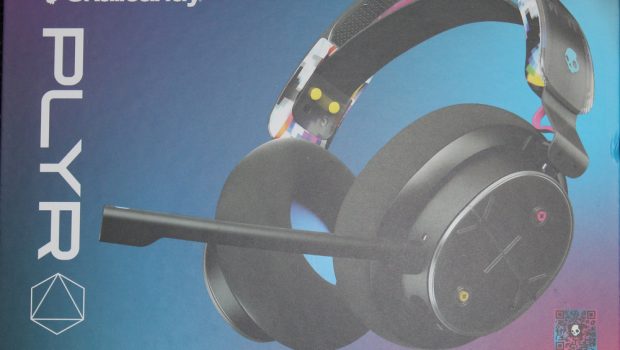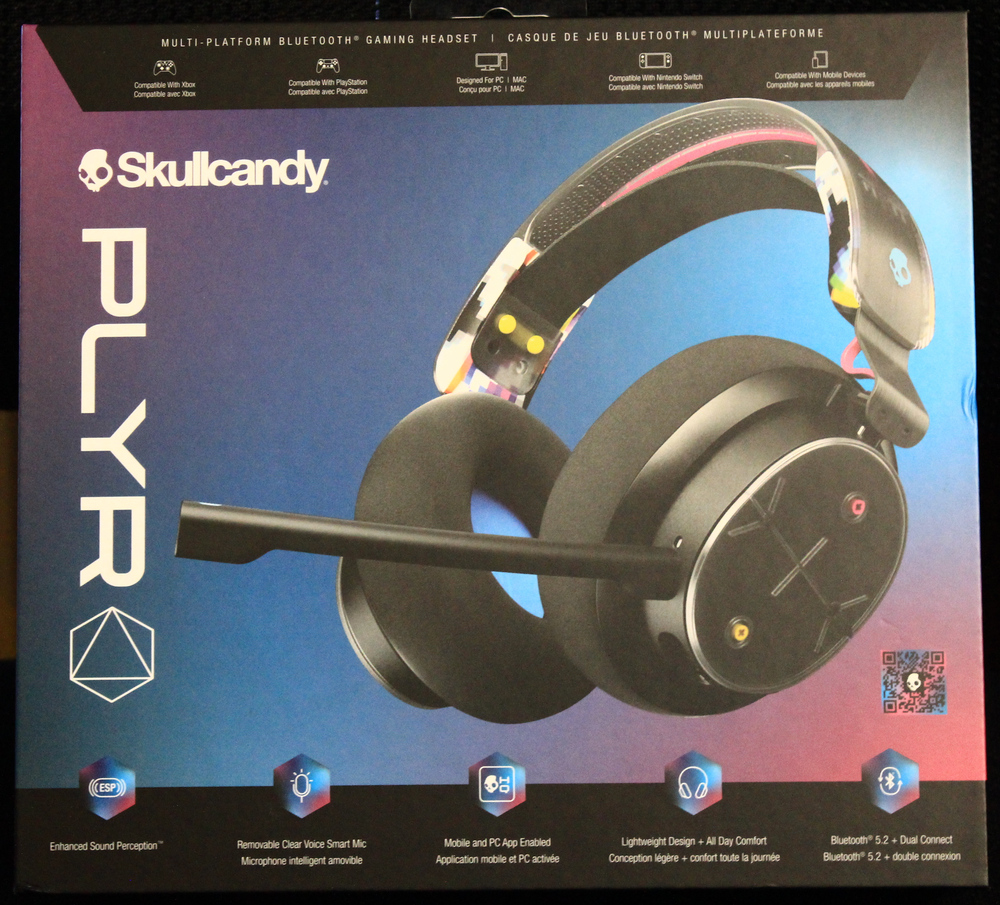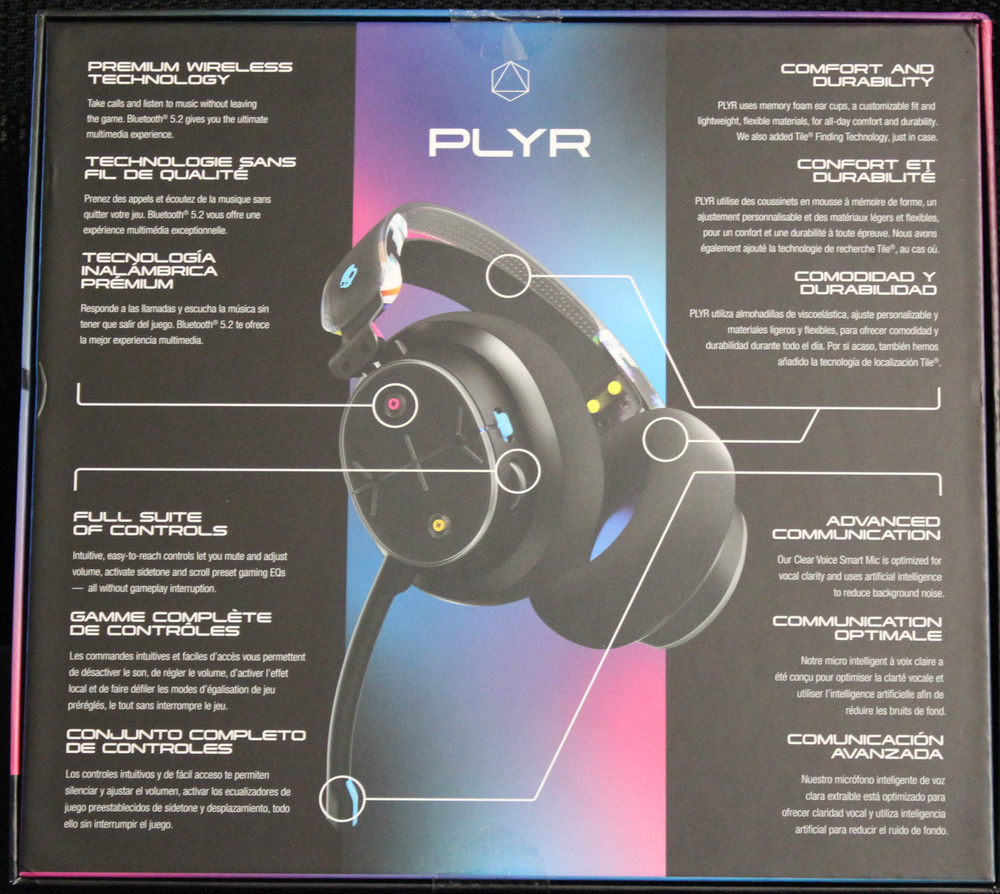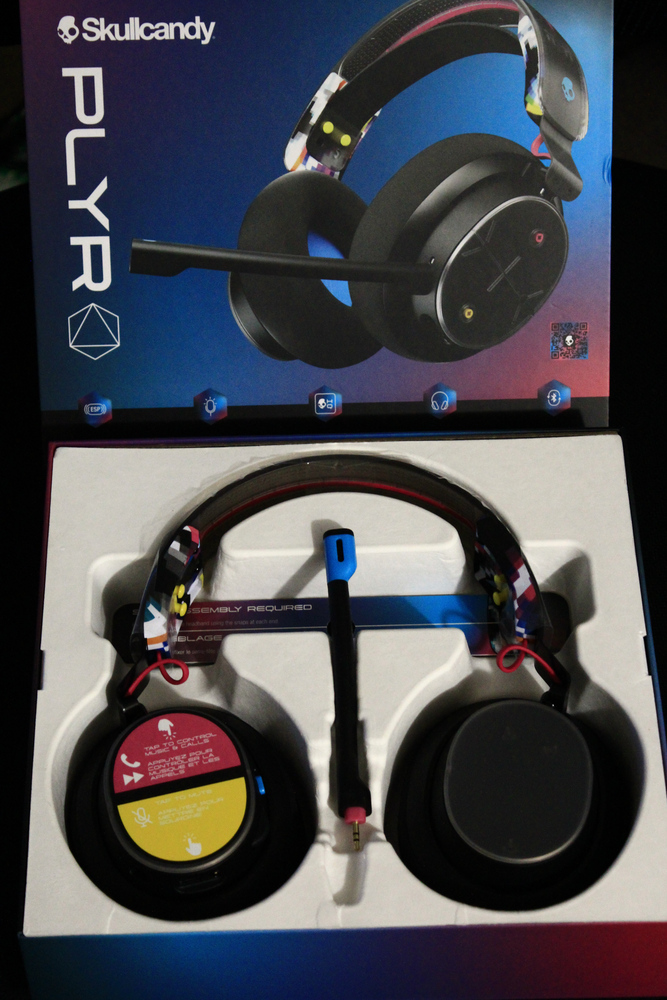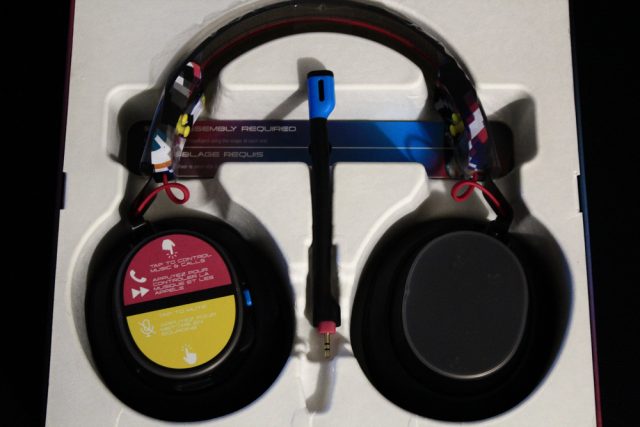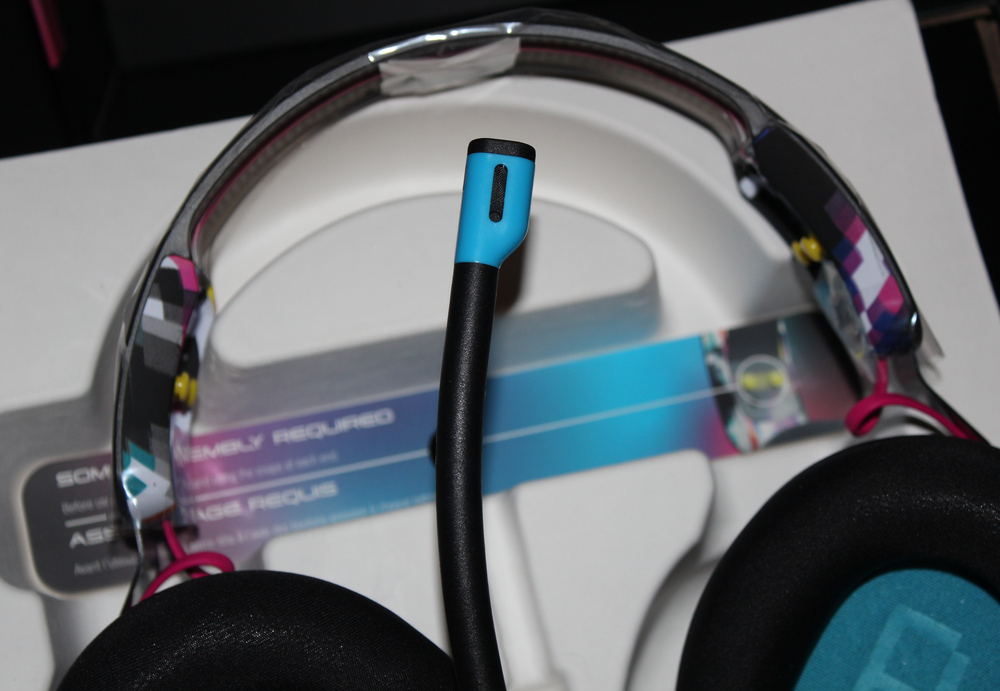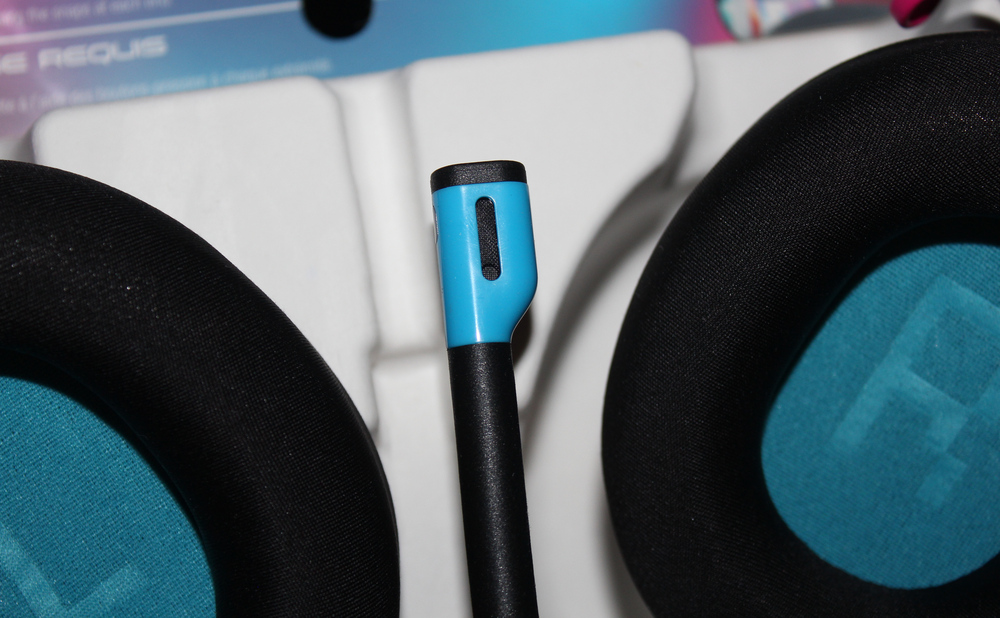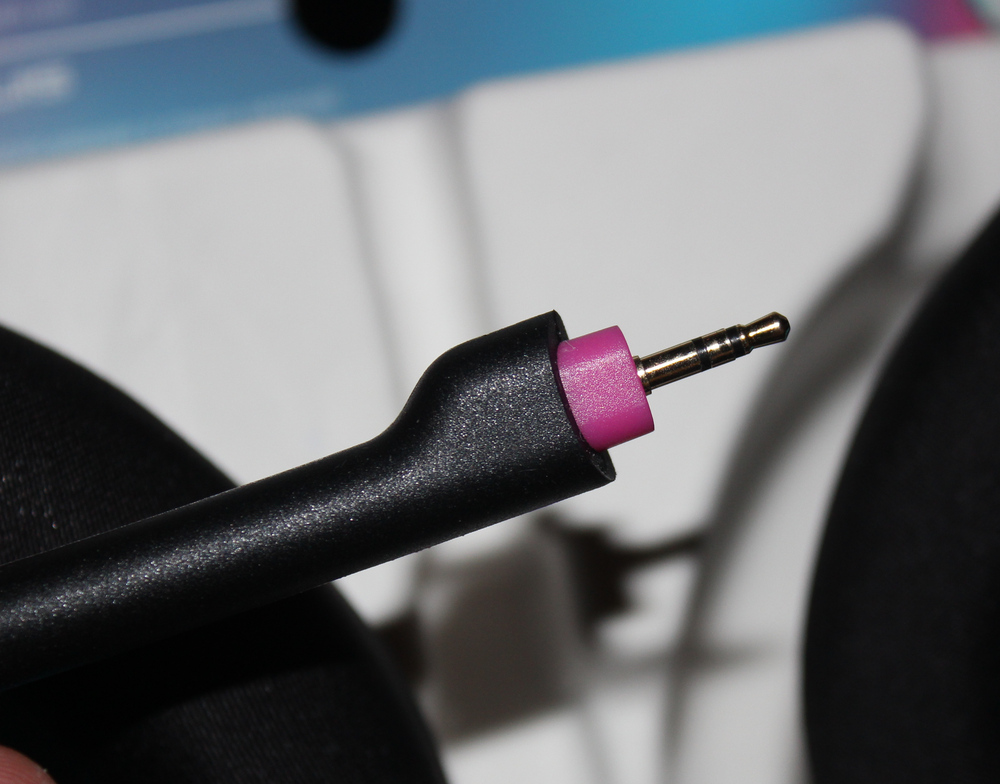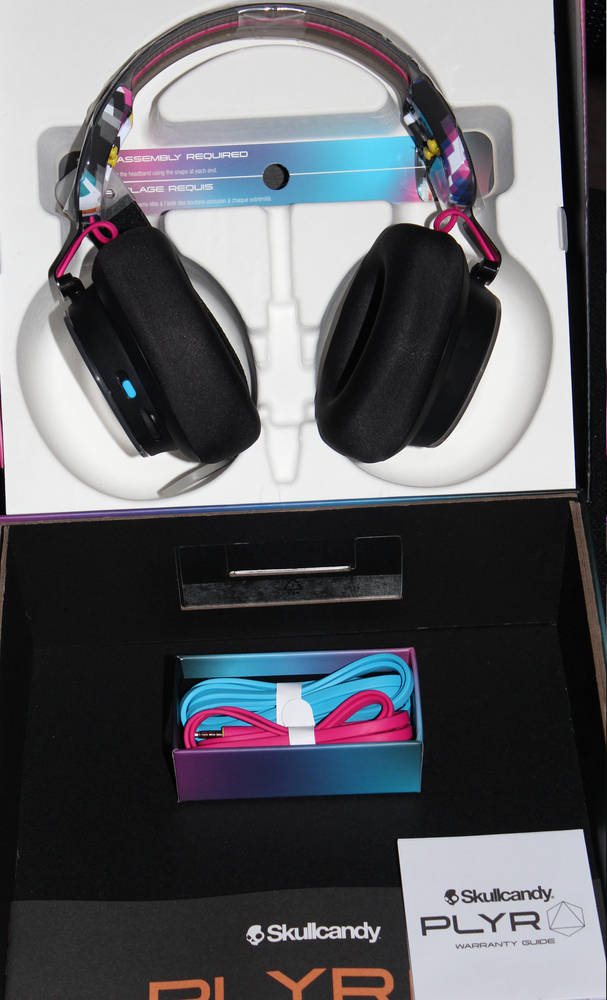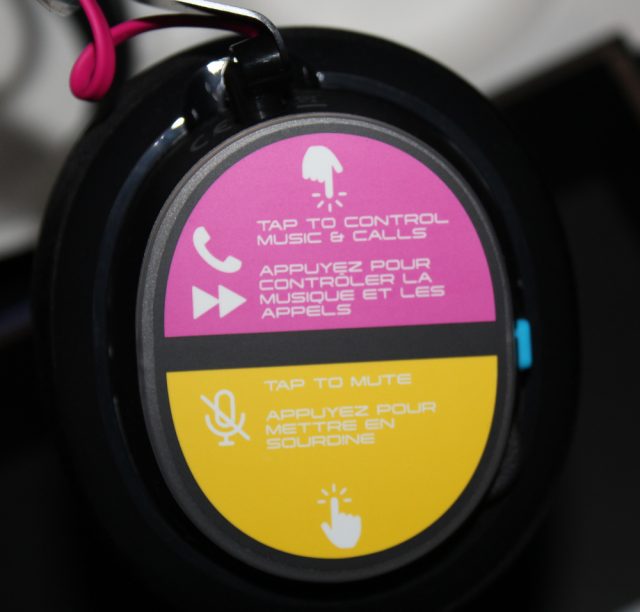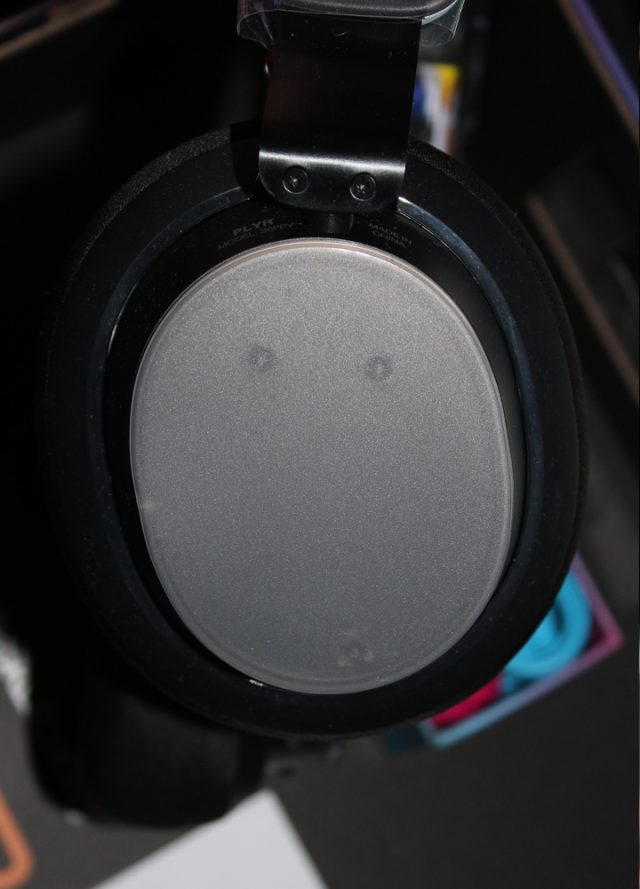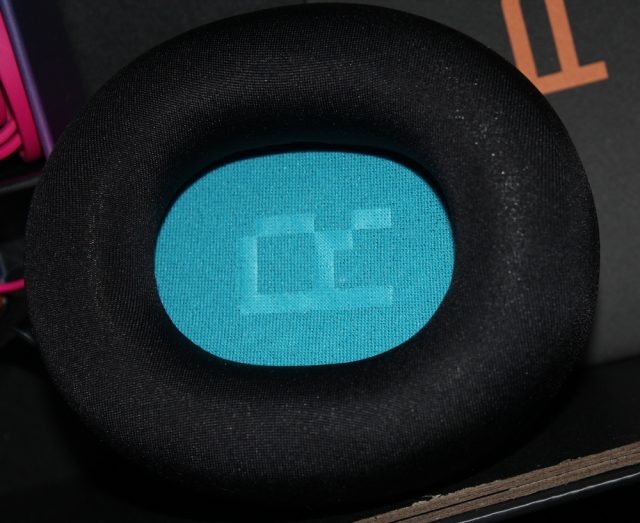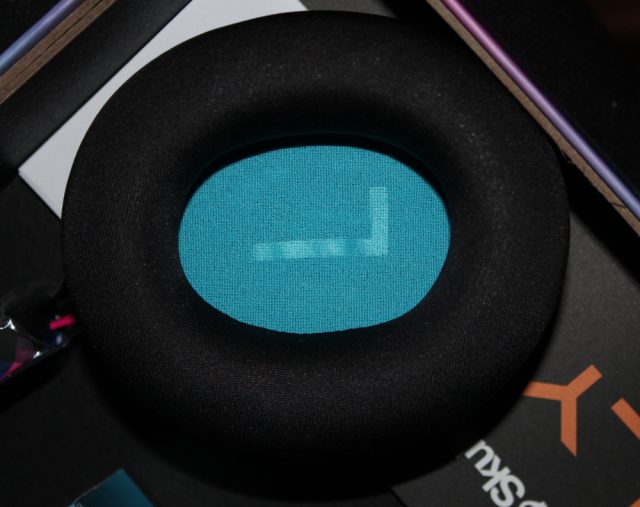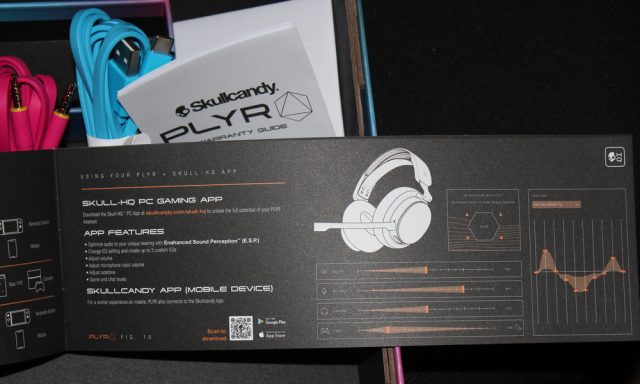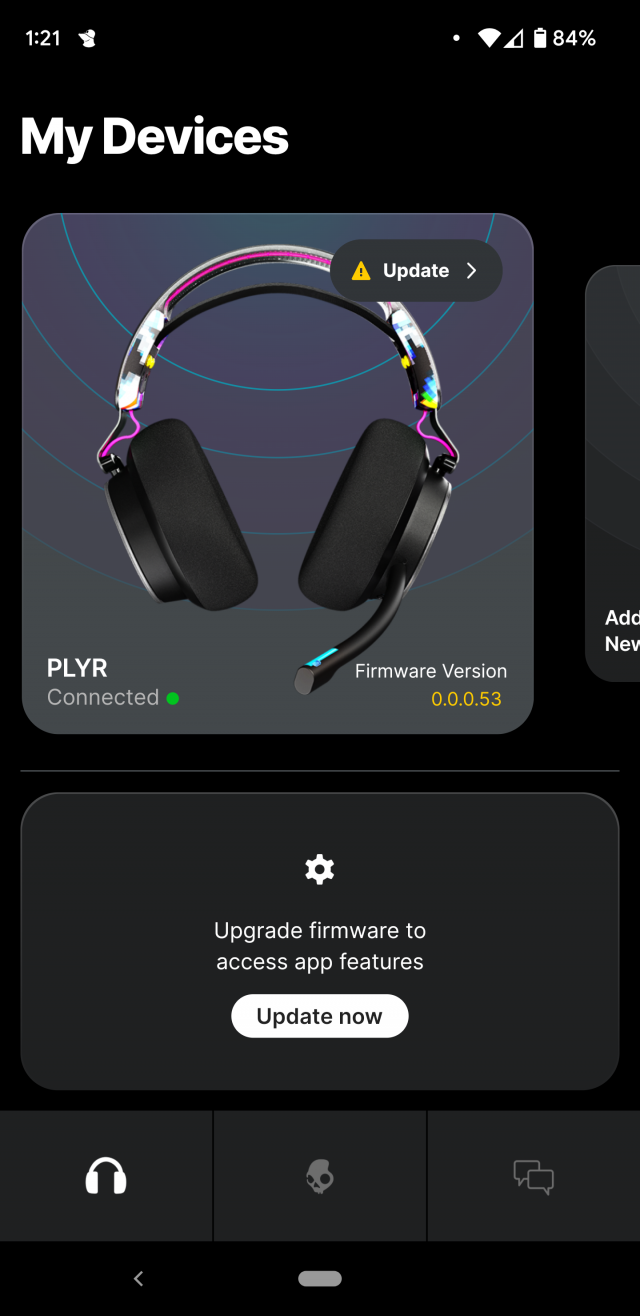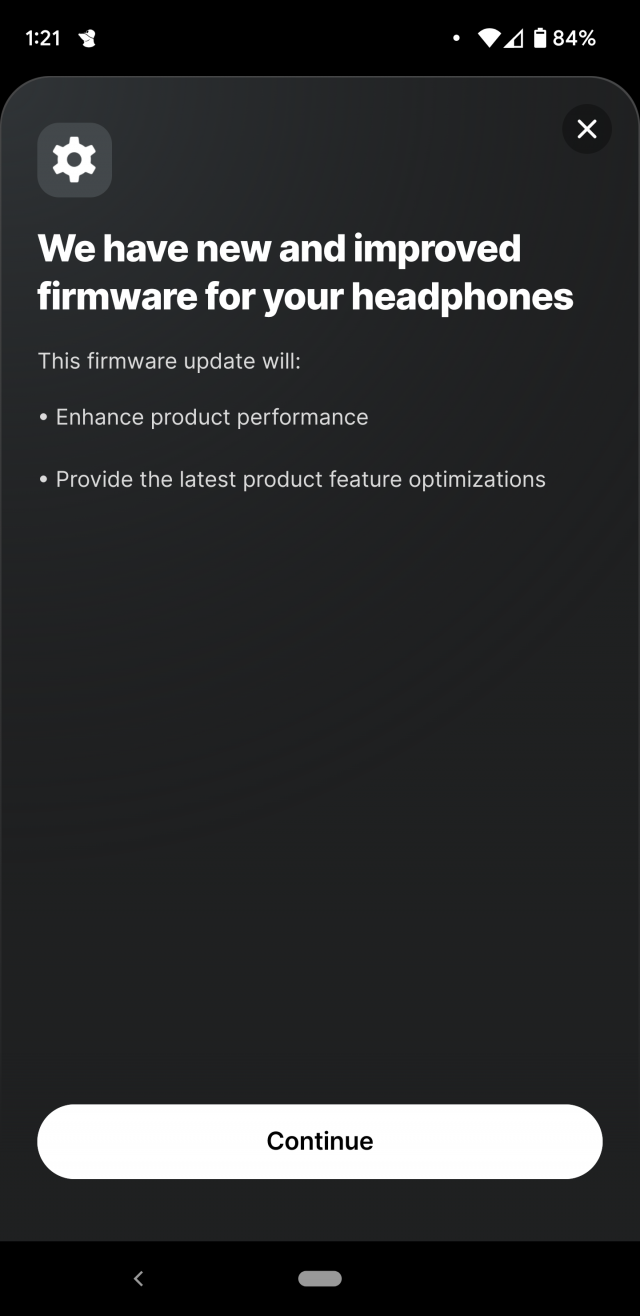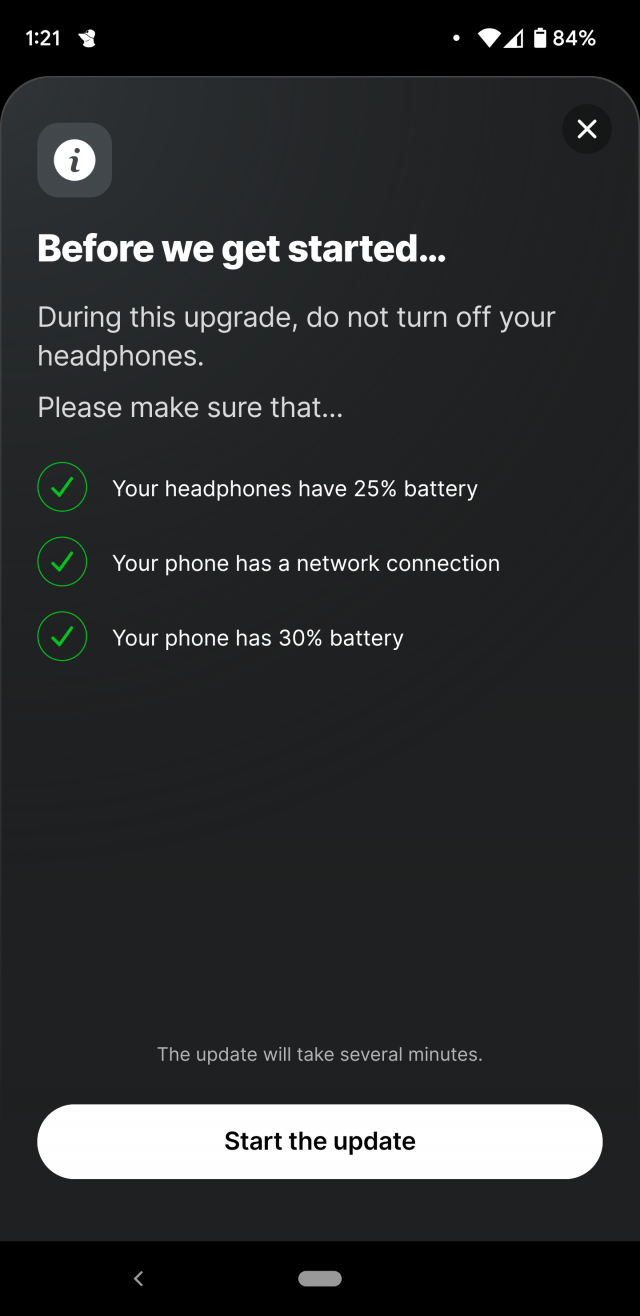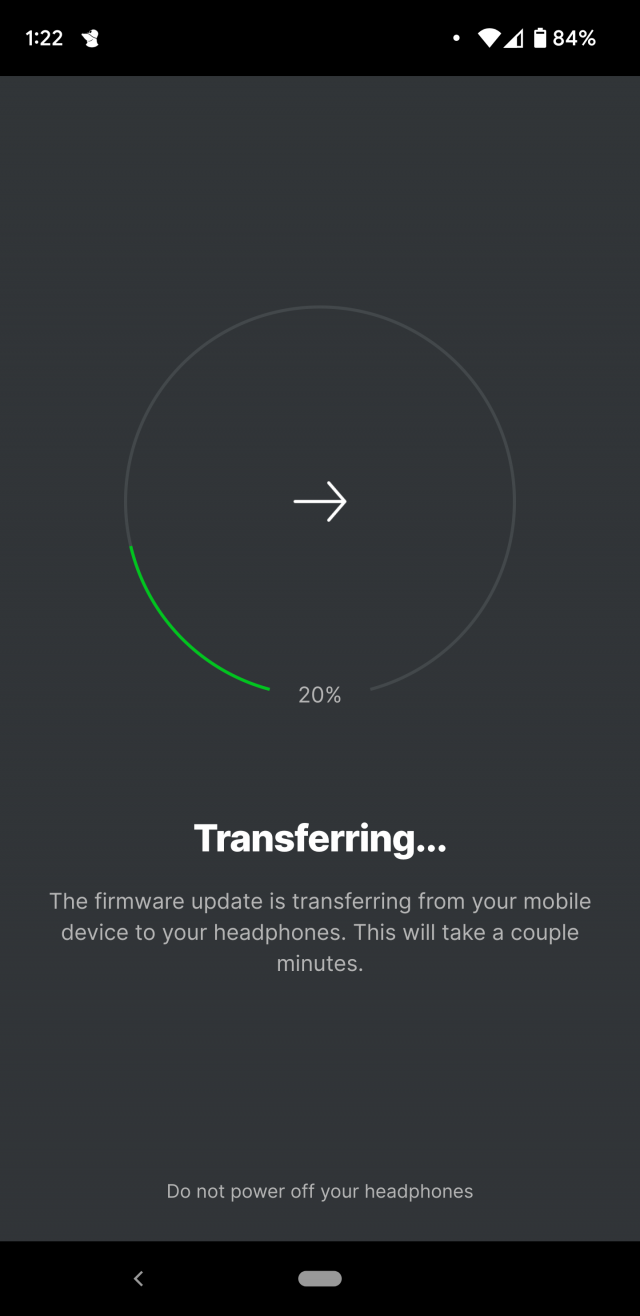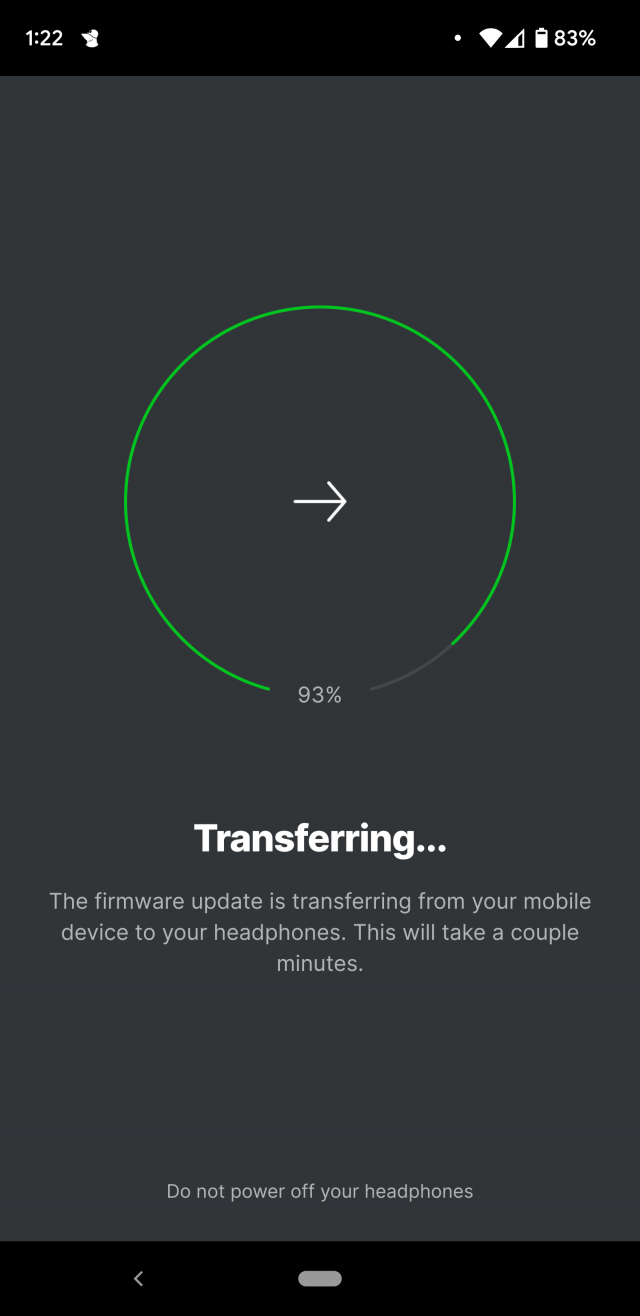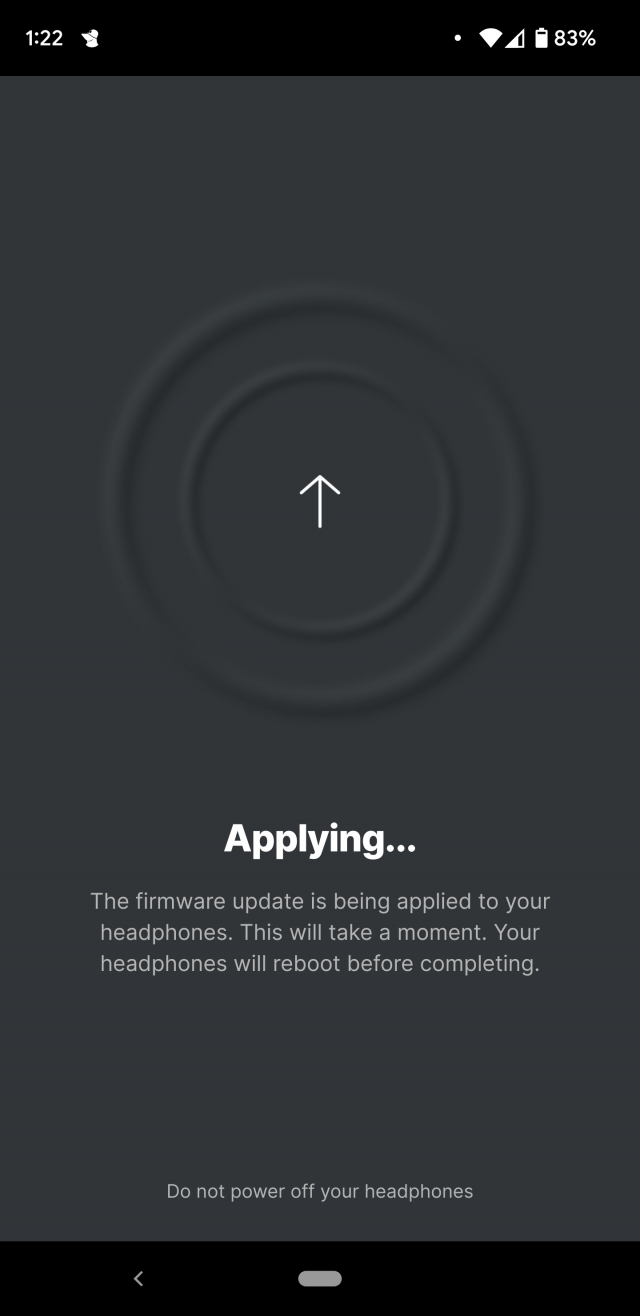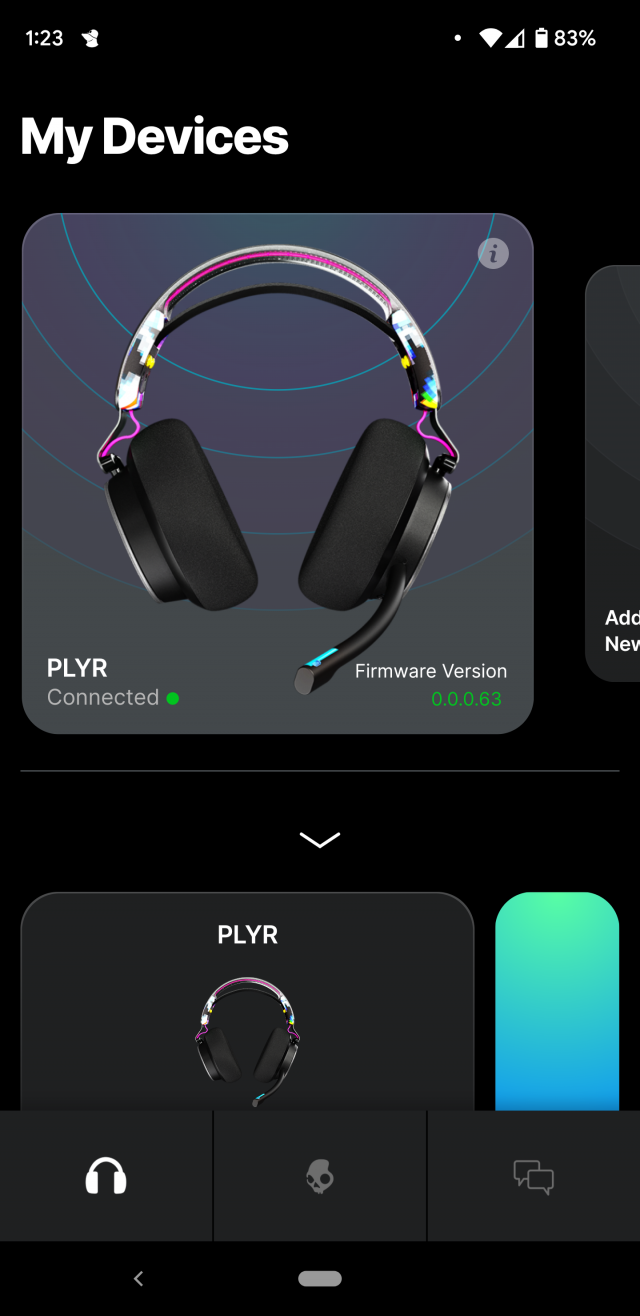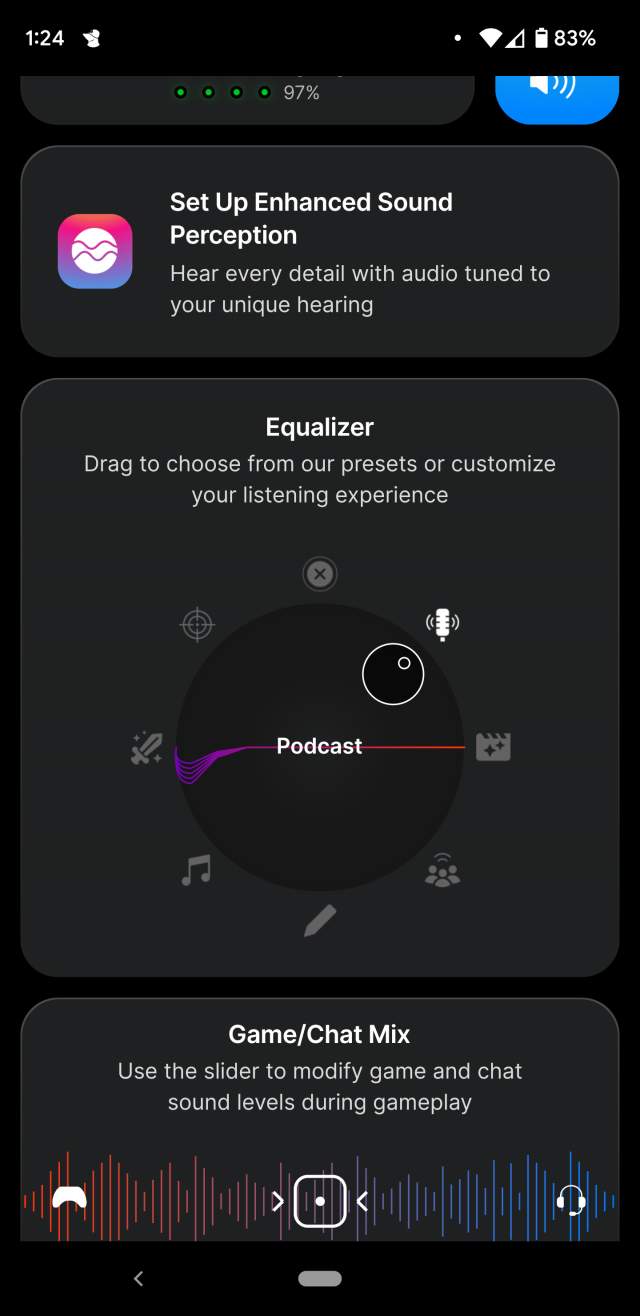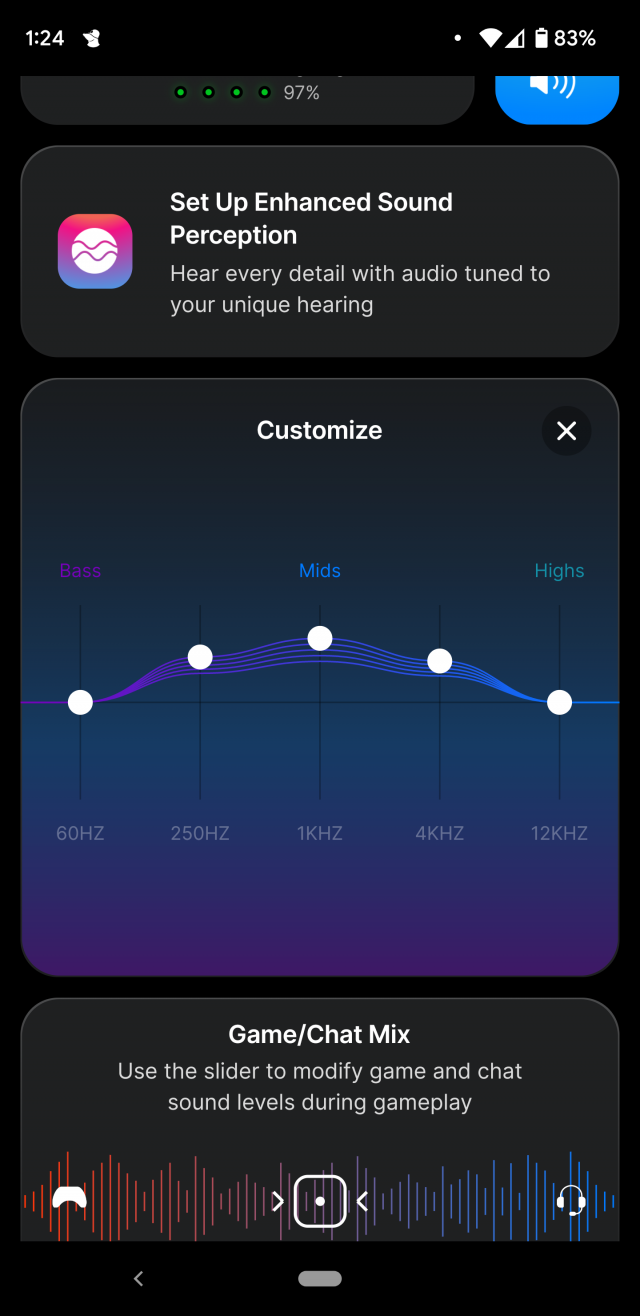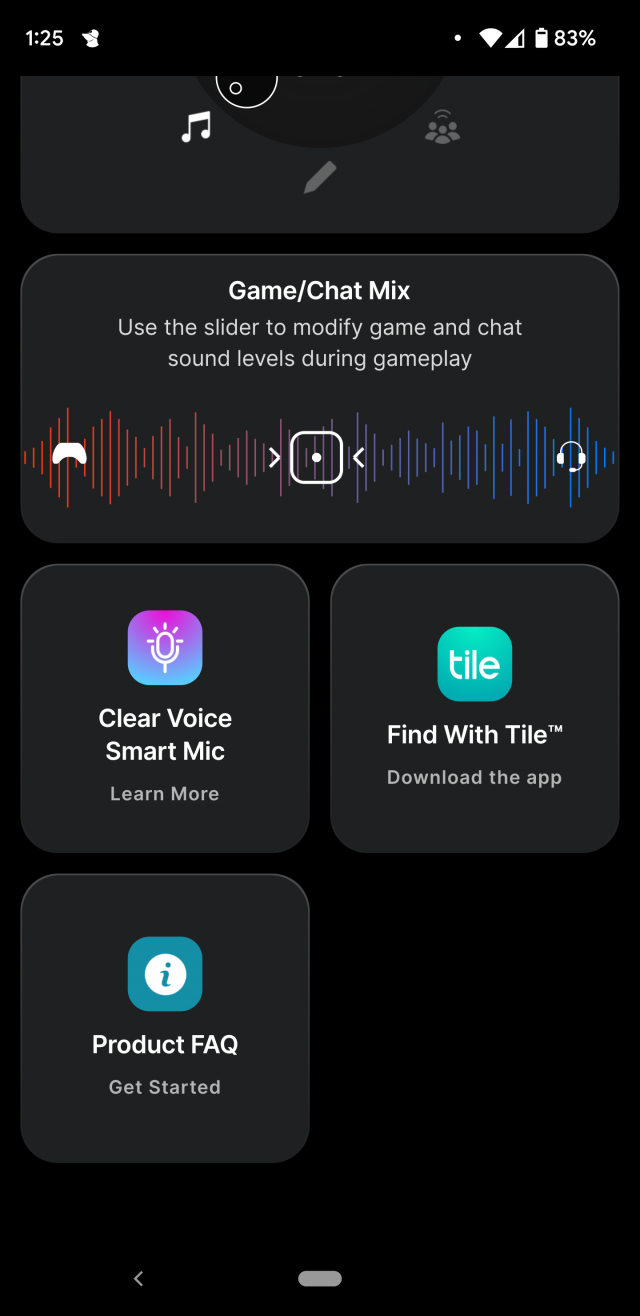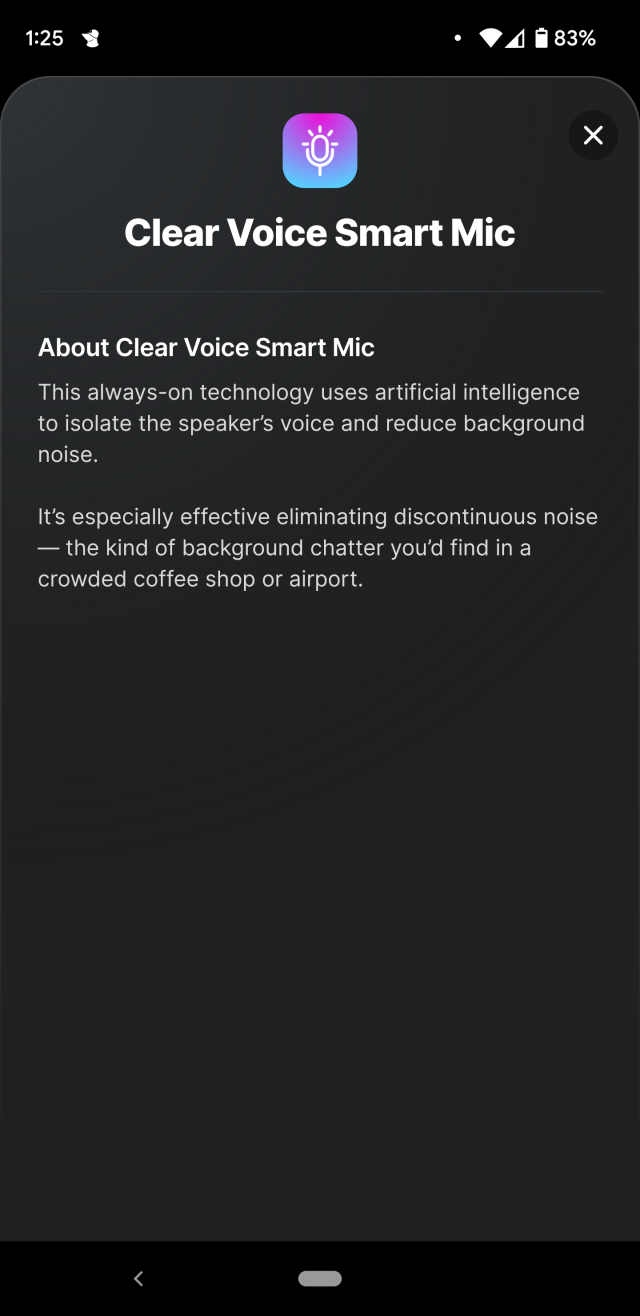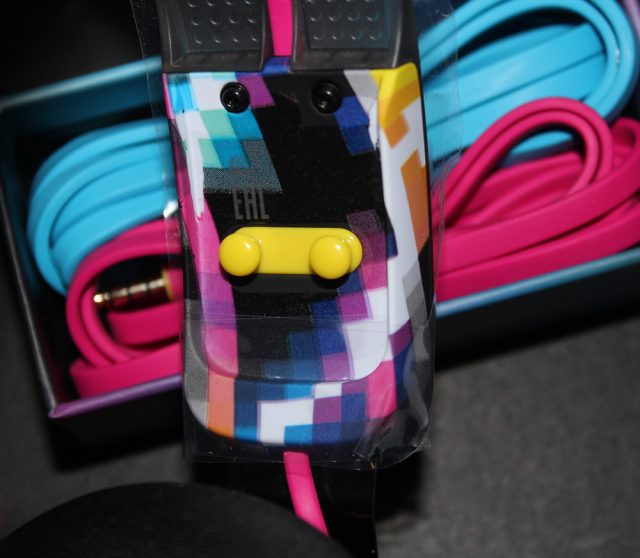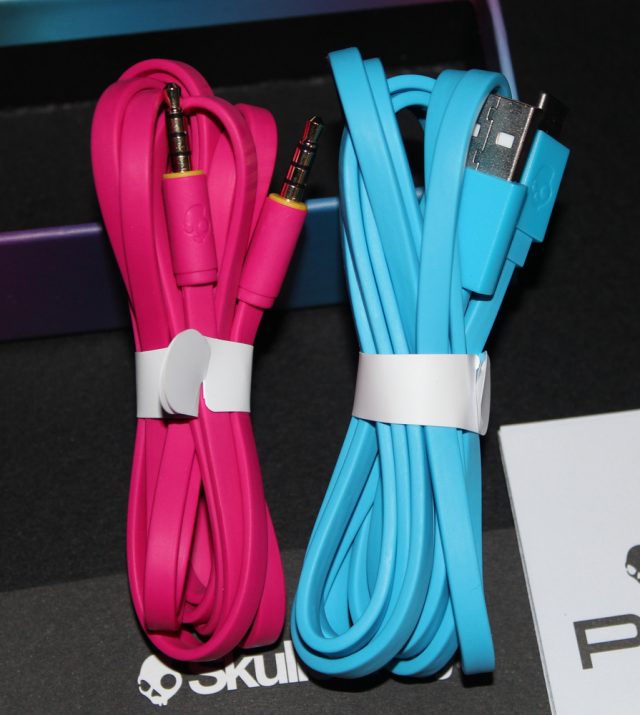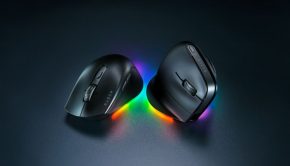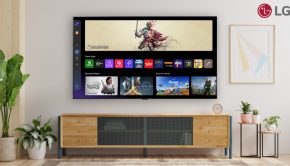Skullcandy PLYR Gaming Bluetooth Headset Review
Skullcandy have now launched full body headsets to their line-up, and with the success of the Push Active and Grind, it was too good to pass up the chance to test out the PLYR.
The PLYR is a unique entry among headsets because not only is it Bluetooth capable, but it also acts as a sound device via USB-C as well as accepts 3.5mm audio cable, but MUX’s all audio streams together, so you can monitor multiple audio sources at once!
The Australian Skullcandy website has a bit of a new design and seemingly did not have any specifications at the time of writing. Luckily the EU site does.
Specifications:
Headset Type: Wired/Wireless Over-ear
Connection Type: Bluetooth 5.2, USB-C to USB-A, 3.5mm Aux
Impedance: 32Ω
Driver Diameter: 50mm
THD: 2<%@1KHZ line -in mode, <5%@1KHZ BT mode
Sound Pressure Level: 95±3dB
Frequency Response: 20Hz – 20KHz
Weight: 315g
What’s in the Box:
PLYR Headset
Removable Boom Microphone
3.5mm Aux Cable 5-pole to 4-pole (5ft)
USB-C to USB-A Cable (6ft)
Quick Start Guide / Warranty Guide
Based on these specifications, one could speculate that the headset would work fine over a USB-C to USB-C cable. The bandwidth requirements would not be so high though!
Unboxing and First Impressions
The box itself is visually impressive and is presented in English and French.
The features are listed and every side of the box contains information about the features and compatibility/usage modes.
Once opening the box its immediately business, there it is, ready to take out of the holder, switch on and use.
The headset was wrapped in plastic to give you that “Nobody has touched this yet” vibe, and in the middle of the box is the microphone and the elastic strap.
Underneath the tray we find the generously long 3.5mm and USB-A to USB-C cable and of course the manual and required-reading warranty guide. The manual is also an interesting shape, thick card stock and detailed with illustrations.
Unfortunately there is no instruction or guide to using the adjustable strap, you just have to use the all too well un-common – common-sense.
Overall the look and feel is interesting. The ear-cups swivel with no resistance a full 180 degrees and the metal fixtures are strong with hex bolts. The material in the ear-cups are soft but very loose and partially elastic.
Aside from the gel-type spongy pads on the ear-cups feeling narrower then the bezel they sit on, the cups themselves will accommodate even the biggest ears, including our favourite politicians who’s ears grow with every lie they tell, but we digress.
Appropriately positioned on the bottom of the left ear-cup, is the I/O panel for the USB-C and 3.5mm audio jack as well as the Microphone input and the volume control.
The ear-cups are adjustable by pulling out the metal ‘claw’ holders, but strikingly, you may actually be a giant if you have cause to adjust. Likewise sizing the strap allows for push pins through the holes, so there are effectively 3 positions each side can be set to.
Setup & First use
The first thing you do with the headset is try it on without the strap, because that is the natural instinct. This feels odd, and so of course you reach for the strap. Putting the strap on is straight forward but with no guide or information on the correct fit, so you are left on your own here.
At the smallest possible setting and the tightest strap configuration you can manage, it seems to almost just fit. In fact, you wouldn’t want to have a smaller than average size head or be a child, because if that is you – this headset is not suitable.
After a quick charge, the headset was paired with a Macbook, which was fast and simple. It was then used for conference calls for a period of a week. Why test this way? Well this ensures that the Microphone and Speakers are tested as well as movement and “real world” usage can be evaluated.
The microphone is a rigid, and although parts are flexible, you can consider the microphone to be mostly ‘fixed’.
Overall the it is easy to pair and re-pair the headset between devices.
App pairing and Firmware Upgrade
Pairing the PLYR is as simple as holding the 3-way switch up for a couple of seconds and listening for the audible “Read to Pair” voice prompt. On the host device, eg phone, PC or console, you then will see the PLYR appear very quickly.
In testing, the PLYR will paired to the Android phone, Macbook and Windows machines perfectly, but seemingly had issues with Ubuntu Linux, refusing to connect after being paired.
With the SkullCandy app on the phone, the PLYR is detected instantly and easily added to the app. For more information on this, refer to the previous SkullCandy reviews, you may see that a firmware update is pending, in which case this can be applied easily:
Note: No appreciable difference was noticed in the audio quality, nor was the Bluetooth connection with Linux resolved by the firmware update. But we also don’t know exactly what was updated either, since the app notification didn’t disclose the changes.
Feature testing
Connectivity
Bluetooth connections are easy to establish on Windows, Mac OS and Android. Presumably iOS would also follow suit, but Ubuntu Linux failed to pair with the same hardware as Windows. In contrast both the Grind and Push Active would pair with the same PC on Linux without issue.
USB-C audio works universally including an Android phone, which is cool. As expected both USB-C and Bluetooth audio is muxed and consequently you can hear both streams. However the dominance is always on the Bluetooth stream and the USB-C audio seemed to be a bit lower, however this is due to the fact that the audio controls favour and consequently control the Bluetooth audio. Once this is understood, you can increase the volume on the USB-C audio stream accordingly.
USB-C audio requires the headset to be powered on. Where as the 3.5mm also serves as a USB-C cutoff, meaning you cannot use or mix USB-C with 3.5mm audio streams. The 3.5mm audio stream is passive, meaning you don’t have to power up the headset, so in a tight pinch that is handy.
All features work as advertised, the cables are of good quality and generous length. They are also coloured and branded with the Skullcandy logo so you can identify the cables quickly.
Comfort
Comfort is a feature also, and Skullcandy has failed miserably here. As mentioned, the earphones are quite large and will accommodate even big eared lying politicians who’s ears grow with each utterance, but sadly the adjustable length range favours only giant heads.
In testing the adjustment was sized to the lowest possible combination with the headband and that still felt wanting just a tiny bit.
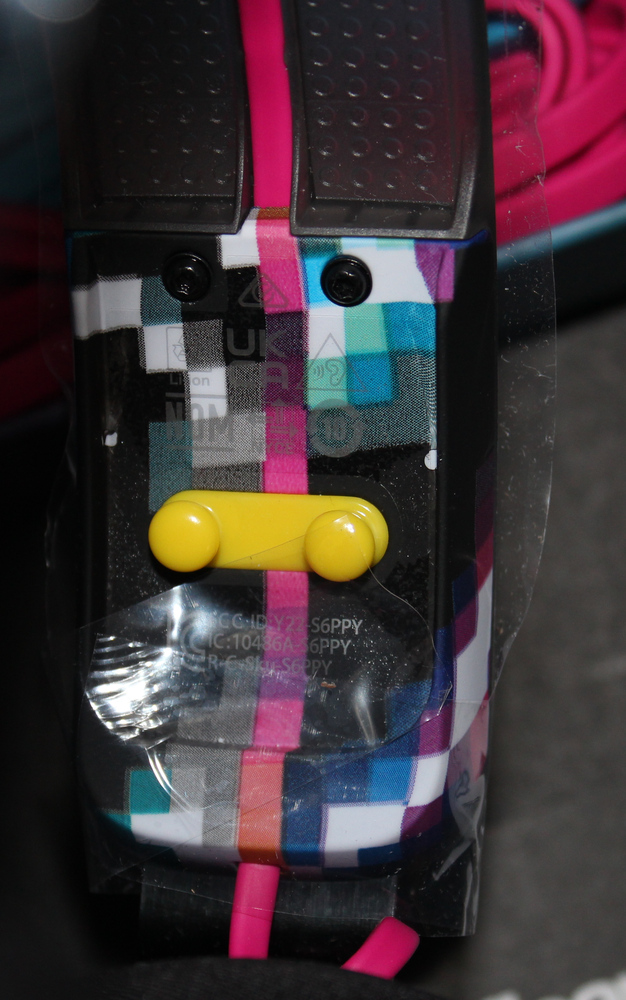
Each side has a single row of yellow pushpins that the strap connects to. Not using the strap is an option that only giants can enjoy.
Now it may be perfect for some, but it isn’t a one size fits many situation. The headband is stretchy and bouncy and because the ear-cups can rotate freely in a full 180 degree range, any movement of the face muscles and jaw causes movement and variations across the ear cups and headband. Essentially this headset feels like a living beast that must be tamed and moved and adjusted constantly, it wears you, you don’t wear it.
Perhaps this is the reason other headsets are not designed this way.
Microphone
As far as microphones go, this one is terrible. In a real use situation there were endless complaints that the speaker isn’t loud enough, that you cant be heard. Slight adjustments are constantly being made and coupled with the fact that as you speak, the ear cup that the microphone is attached to is also slighting moving around. This means conference calls, zooming et al, will have silence detection that will constantly move up and down. Its annoying.
The audio quality was apparently fine when you are heard.
As a design, its too rigid and not flexible enough, it is also outside of the ideal vocal pickup range.
The other issue is that when resting the headset over out sholders, like any normal person would do when they need a break etc, is that the microphone grates across the throat or sticks out to the side. It is in the way all the time and yes although it can be removed, it is not something you would want to do each and every time you take the headset off for a moment.
The single great feature about this microphone is the mute LED indicator, which lights up red when the microphone is muted. This LED can also be seen in the peripheral view and that of itself is really cool.
There is also a built-in microphone on the left ear-cup, which was not tested to any degree. It works.
Buttons
There are 3 buttons on this headset. The volume wheel is a free spinning wheel which contains a push button. This button cycles through EQ modes and is actually pretty good. There is a solid response but it is not easily pressed by accident, the placement and usage is great. That said, cycling through modes quickly can be problematic, the music dips for the voice alerts and repeated presses is not handled well, requiring a good second pause between repeated presses. Its good, but it can be hit or miss.
On the other hand the left ear cup has two buttons on the side with the entire side panel as contact area. These buttons, especially the top “music” button is easily pressed. How easily? Rest your headset on your shoulder and move your left arm? Pressed. Shrug your shoulder? Pressed…. Breath hard, pressed.
If you were listening to music you would have heard 10 seconds of 5 songs in the time it took you to read this section.
These side buttons are activated accidentally when adjusting the headset, which you will do constantly for comfort.
The thought of cracking open the headset and breaking the mechanical or electrical link for the button was considered – it was that bad.
Volume control
The volume control is a wheel with no stop point, that is it will keep spinning in both directions forever. Changing the volume on the headset is great, and it is cool when you have audible alerts in your ear that you are changing the volume.
This works great, but the audible alert when the volume is at max perhaps needs a tweak. This feature will either be loved or hated but that is neither here nor there really.
Final thoughts
The SkullCandy PLYR is a remarkable headset so far as the electronics are concerned. The ability to have a wireless headset that is hardware agnostic, and still be able to connect a USB-C or 3.5mm audio cable and keep gaming, or monitor two audio sources at once – these benefits are incredibly useful and highly welcomed.
But then the headset fails in terms of ‘fit’. Firstly by its adjustable range, which is to say that this headset is for an ‘adult head’ which is suitable for teenagers and giants. The strap seems to be a risky move also, since this will stretch and may stretch over time from wear.
Then there is the ear-cups, which as previously mentioned, the ear gels don’t seem to fully cover the bezel they rest on and they seem just a bit ‘less’ then they ought to be. Honestly, they are fine but the problem is more the fact that the 180 degree swivel allows too much movement on the head with the strap. You now have 3 points of movement that make you feel like you are taming a wild beast on your head. A scratch behind the ear, leaning back in your chair, all influences this gyro like movement and the vertical movement makes you feel like you need to adjust the height smaller – of course if its already at the limit then you have no room to move.
This causes a lot of small adjustments to be made, which naturally cause you to touch the large buttons on the left ear-cup. This can cause you to mute your microphone, open your media player app or pause your music if playing. What is even more frustrating is when you place your headset around your neck, you choose from small muscle movements pressing the buttons or the mic boom scraping your neck constantly.
In summary, it is a great headset electronically, but not the best design in terms of comfort and practical use. However that said, perhaps you can get used to these things and maybe this headset is perfect for you?
Summary: Skullcandy has spent a lot of time making a pretty headset, and it has great hardware and a lot of design elements. Yet, it has been tested, judged and found wanting.


